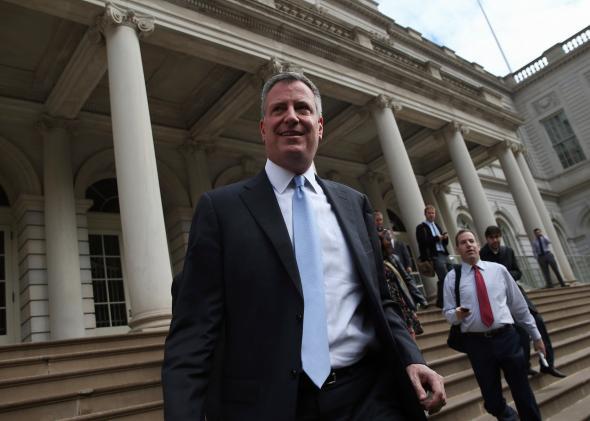Do you know how your local tax dollars are spent?
I’m going to guess that you don’t.
People ferociously debate every inch of the federal budget. Meanwhile, at the city level, a significant amount of funding is entirely nontransparent. In some cases, as in New York City, it’s given at the whim of the council speaker.
One increasingly prevalent alternative is participatory budgeting (PB), which gives citizens a direct voice in allocating these funds. Participatory budgeting empowers citizens to identify community needs, work with elected officials to craft budget proposals, and vote on where and how to spend public funds. Typically, people use a paper ballot listing project ideas and can vote for a set amount of projects totaling the allocated amount of funds.
Unlike other forms of civic engagement, PB involves spending real public money. Thus far in the United States, it has been used to allocated capital funds—“bricks and mortar”—as opposed to programmatic funds.
Participatory budgeting as it is known today began in Porto Alegre, Brazil, in 1989, as one of a number of creative democratic innovations put in place to build a culture of democracy after 19 years of military dictatorship. Since then, it has spread to more than 1,500 sites worldwide—and has been singled out by the World Bank and United Nations as a “best practice” in democratic innovation. Recent research demonstrates that PB in Brazil has enhanced governance, citizens’ empowerment, and the quality of democracy.
While popular throughout the world, the process came to the United States only in 2009, with a single aldermanic ward in Chicago. It did so well in that ward that the alderman won a landslide re-election. Since then, PB has spread. Chicago’s Mayor Rahm Emanuel created a citywide staff position to support aldermen who want to implement it. Boston launched the first youth-driven participatory budgeting. Vallejo, Calif., San Francisco, and St. Louis are also adopting it, and the White House recently released an international pledged to support the growth of participatory budgeting using existing federal community funds. The New York Times called PB “revolutionary civics in action.”
Digital tools are key to participatory budgeting. There are online platforms to submit ideas. Text messages notify people of meeting logistics. Participants form active Google groups to discuss ideas. Stanford University worked with Chicago on an interactive online voting experiment. Citizenvestor built a custom platform for Boston where people can submit project ideas, make comments, and “like” projects. Boston has been exploring a variety of social media opportunities including a Vimeo video in which Mayor Marty Walsh asks young people how would they spend $1 million. Ideally, digital tools supplement face-to-face efforts to foster a hybrid offline and online model.
Participatory budgeting’s largest expansion has been in New York City, where now-Mayor de Blasio ran on a campaign pledge to scale up PB citywide. According to the Community Development Project at the Urban Justice Center and the PBNYC Research Team, in 2011-2012, the first year of PB, 7,736 people took part, and the second 13,889.
PB has been used by ordinary people to bring new projects to the forefront. Just one example is the creation of a Wi-Fi enabled college and career center supplied with computers in a popular library in Brooklyn, N.Y. This project helps train digital literacy skills and prepares young people to enter the emerging workforce where technological access and skills are increasingly vital.
The participatory budgeting process is particularly effective at bringing at those who are not traditionally civic. This is the first time many have flexed their civic muscle. Even those who are longtime community activists repeatedly cite PB as the single most meaningful civic experience. Community residents are effectively able to identify hyper-local needs. My hometown New York district this year voted on projects to directly benefit diverse segments of the community. This includes senior centers, cross town bus stops, and public schools. When given meaningful political opportunities, citizens not only show up—they show up eagerly.
